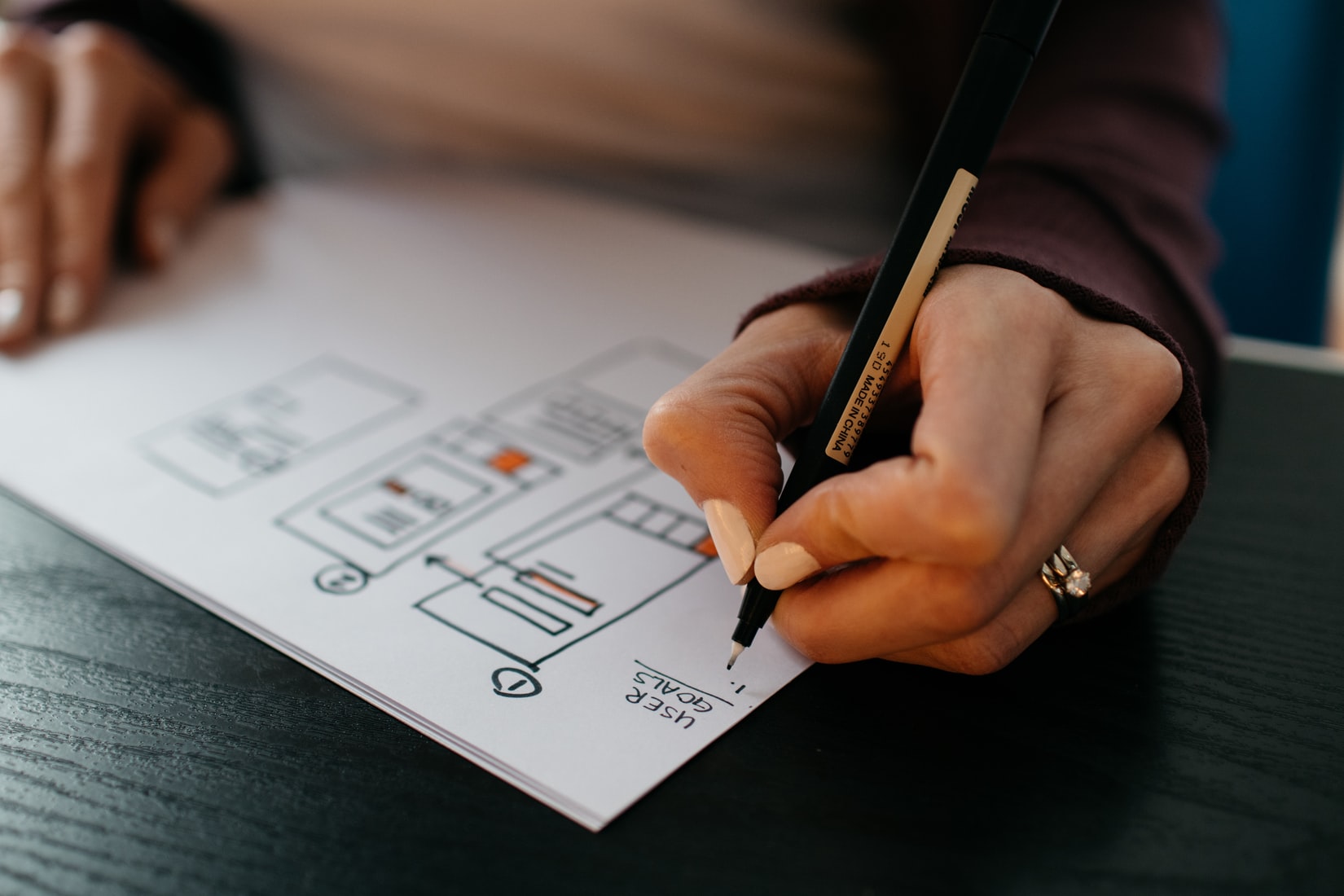Today I would like to tell you about Lenny’s article about the working relationship of product managers and designers. In this post, Lenny interviewed former teammate and current head of the design role for Stripe, Katie Dill.
Below you’ll find Katie and Lenny’s top five tips for PMs on how to effectively work with designers

1. Trust the designer’s expertise
Creative work is very different from analytical work. For this reason, its measurement and planning of studies are also different. In such situations, it is important to trust the designer so that they can do their job well. It will be relatively easy if the designer is working on previously experienced things like payment or contact. However, more creative work can take a lot of time and will require a lot of research. For this reason, designers need free time outside of the meeting to do their creative work.
As Paul Graham notes in his post on Maker vs Manager’s schedules, “when you’re operating on the maker’s schedule, meetings are a disaster. A single meeting can blow a whole afternoon, by breaking it into two pieces each too small to do anything hard in.”
There will be times when you and the designer will think differently on some issues, but doing qualitative research on these issues will reduce the risk. And in some places design is subjective. If you are working with talented designers, you should consult them about user experience and trust them.
2. Be the conductor
PM is similar to a conductor in a team, says Lenny, they understand what the different players are contributing to and help coordinate them to keep the ensemble cohesive. A great PM is a powerful facilitator that can drive communication and collaboration inside and outside the team.
“The best way to coordinate the team and set your design partner(s) up for success is to ensure alignment on the problems to be solved, the mission, and the goals”
3. Include designers early
It is important to involve designers from the beginning so that you can benefit from the designers’ expertise throughout the product development process because designers can bring the user’s perspective into discussions, encourage creative thinking, and develop higher quality and faster insight into what is best.
Lenny says that after getting the designers involved in the planning process, he saw the same product managers singing a very different tune. By including designers early on in the team, they’ve earned a talented facilitator, a user advocate, and a strong storyteller. Conversations were richer and ideas were more thoughtful.
4. Invest in even the smallest of north stars
A north star is a guiding light that helps a team align on the product plan and shows how parts will fit together, says Lenny. Without this metric, you might miss out on your long-term plans and innovations.
If you are solving a smaller problem, you can solve your business with a whiteboard exercise, but if you are working on a larger and more complex problem, you should spend a lot of time with different stakeholders and work on vision.
It took Lyft about 6 months to redesign the driver application into a high-quality prototype, with executive reviews done every two weeks, but less than a week to draft a vision exercise for the recording stream, says Lenny. Again, it would be good to discuss the best plan chart and goals with your design partner here.
5. Create shared goals
There is a dangerous tendency for both designers and project managers to talk about “design goals” and “business goals”. These two concepts seem to make us think that designers are not interested in what drives the business, but this is not the case. Some of the things people call design goals are consistency, usability, accessibility, and delight. All of these things drive use, conversion, and loyalty, says Lenny. These are all factors that bring success.
For example, the designer may want to change the buttons to be consistent and PM may not prioritize this as it is not important enough. However, this work cannot be ignored due to its effect because a user who notices this inconsistency will not tell you about this issue. However, they will also be curious about other issues in your product and may doubt its safety.
Take the time to improve your user experience and trust your designer partner to assist you.
As we finally finish, the most important thing you can do is chat about how to work together and check in with each other often. Being aware of our differences as well as our similarities is a really powerful combination when respected and managed well, says Lenny.
And in conclusion, he wants to point out that we should stop saying “my designer”. “My design partner” further triggers collaboration and prevents hierarchy building.
- 1. Redefining the Modern Web Experience with Progressive Web Apps (PWA)
- 2. From Idea to Reality: Key Steps for Developing a Successful Product
- 3. Secure and Centralized IT Management with Active Directory
- 4. The Rise of Artificial Intelligence in the Financial Sector
- 5. The Use of AI in Startups: Innovation of the Future
- 6. The Opportunity to Create Your Own Mobile App and Website: Stepping into the Digital World
- 7. IoT and Machine Learning
- 8. Internet of Things (IoT)
- 9. Blockchain use cases: What was the chicken on my plate fed with?
- 10. How can you implement AI to your startup product?
